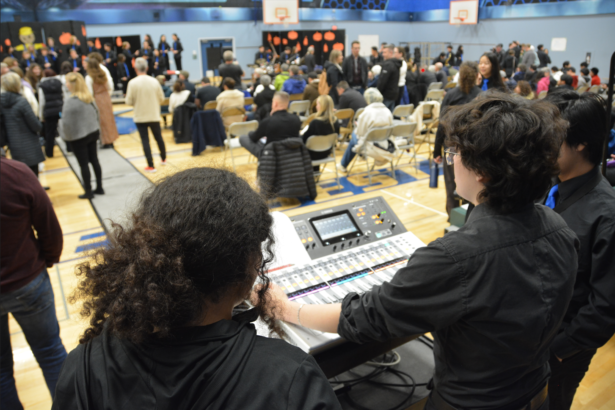Research Findings: Peer Pressure and Its Impact on Bullying Behavior in Youth
Hey guys! Here is my third post outlining some of the research I did on peer pressure and the effects of psychological torment.

- Exposition (Understanding Peer Pressure and Bullying)
Peer pressure is a social influence where individuals conform to group norms, even if they conflict with personal beliefs. For children and adolescents, this pressure can play a significant role in bullying behavior. Studies show that children are more likely to engage in bullying to gain social approval or avoid rejection from peers (Pellegrini et al., 2020). Social hierarchies in schools often reinforce these behaviors, with bullies seeking status by targeting those perceived as vulnerable.

- Key incidents often mark the start of sustained bullying. A common trigger is when individuals try to assert dominance or inclusion in a peer group through harmful behaviors. Peer dynamics, including implicit encouragement or passive bystanding, amplify these acts, creating a culture where bullying thrives .

- As bullying behaviors escalate, peers often play varying roles, such as active participants, supporters, or silent observers. Research highlights that such group dynamics can normalize aggression, making intervention difficult. Over time, victims face compounded psychological harm, and bystanders may experience desensitization or guilt. Interventions that reduce peer approval of bullying have been shown to decrease incidences effectively .

References
- American Psychological Association. (n.d.). Peer pressure and bullying dynamics. American Psychological Association
- Bullying Prevention Programs: Research and Strategies. (2023). Frontiersin
These findings provide an understanding of how peer influence shapes bullying, with implications for prevention and intervention strategies!


